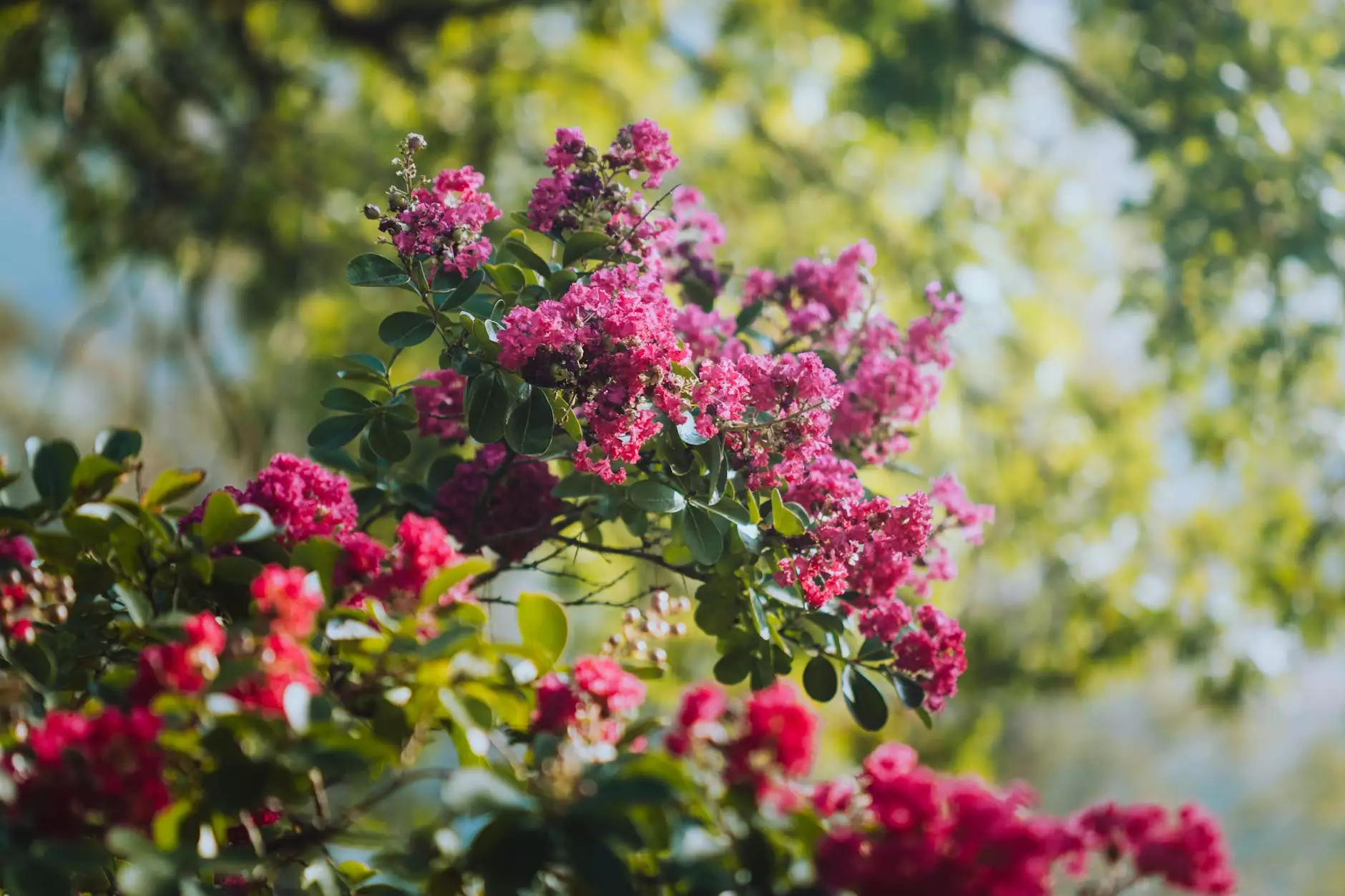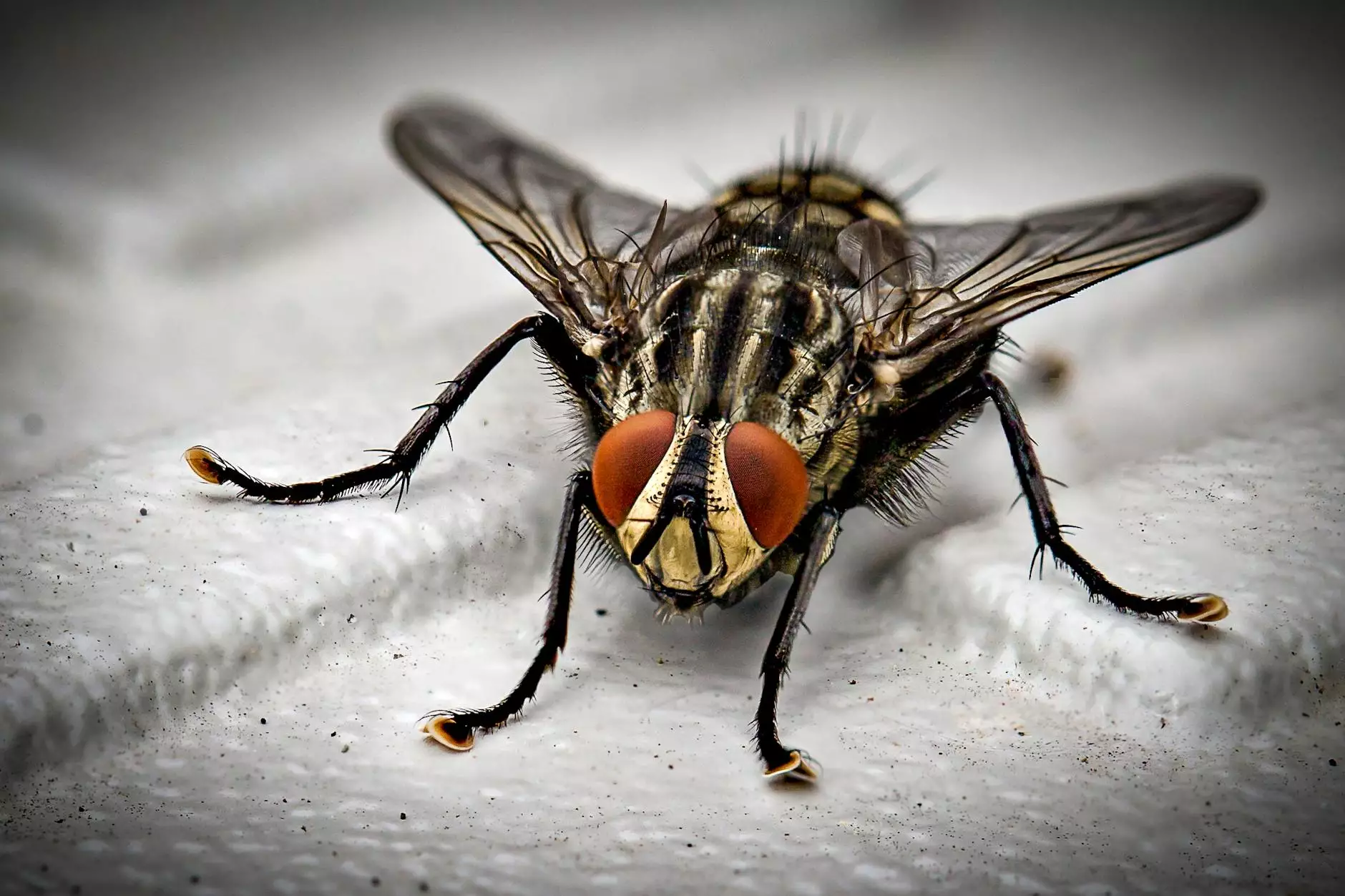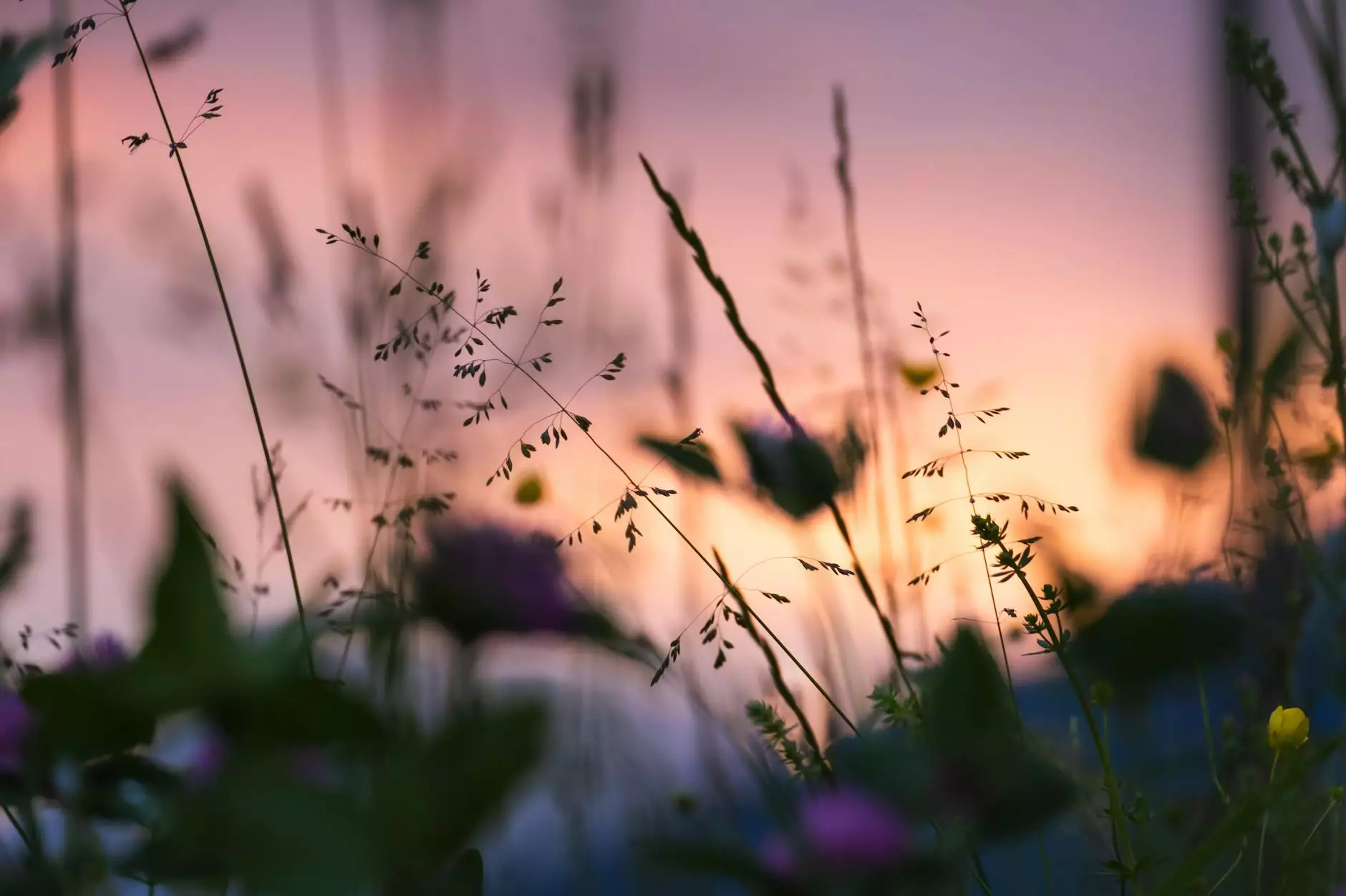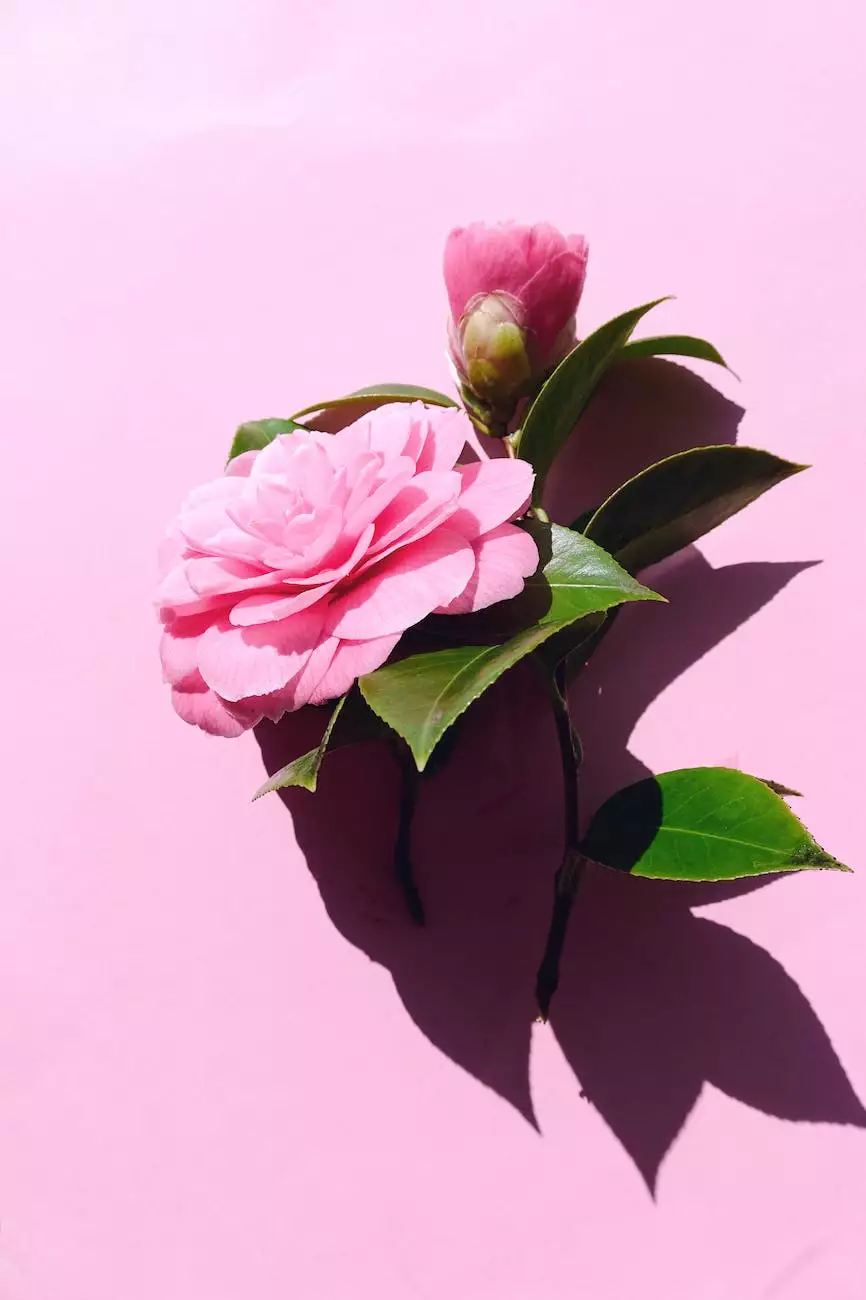Plant of the Week: Crape Myrtles

Introduction
Welcome to Southside Fixtures, your trusted source for quality landscaping tips and insights. In this edition of our Plant of the Week series, we will delve into the fascinating world of Crape Myrtles. These stunning flowering plants, known for their vibrant colors and showy blooms, are highly sought after by garden enthusiasts and professional landscapers alike.
About Crape Myrtles
Crape Myrtles, scientifically known as Lagerstroemia, are versatile and hardy plants native to various parts of Asia. They belong to the Lythraceae family and are adored for their ability to thrive in different climates and soil conditions.
Key Features
One of the standout features of Crape Myrtles is their beautiful, long-lasting flowers that range in color from shades of pink, purple, red, and white. These blossoms emerge during the summer and extend well into the fall, providing a burst of color to any landscape. In addition to their captivating flowers, Crape Myrtles also boast attractive, peeling bark that brings unique visual interest, especially during the winter months when other plants are dormant.
Crape Myrtle Varieties
With numerous cultivars available, you can choose the perfect Crape Myrtle variety for your outdoor space. Some popular varieties include:
- Muskogee: With its stunning lavender-colored blooms, Muskogee is a must-have for those seeking an eye-catching focal point in their garden.
- Tuscarora: This variety stands out with its vibrant coral-pink flowers and exceptional resistance to leaf spot.
- Natchez: Natchez is a favorite among landscapers due to its pristine white flowers and attractive cinnamon-colored bark.
Caring for Crape Myrtles
To keep your Crape Myrtles healthy and thriving, it is important to provide them with the right care:
Location and Sunlight
Crape Myrtles prefer well-drained soil and thrive in full sun. Ensure they receive at least six hours of direct sunlight each day to promote optimal growth and flowering.
Watering and Fertilization
While established Crape Myrtles are drought-tolerant, proper watering is essential during their initial growth stages. Water deeply and infrequently, allowing the soil to dry out slightly between watering. Applying a slow-release fertilizer during the early spring helps nourish the plants and enhances flowering.
Pruning
Pruning is a crucial step in maintaining the shape and size of your Crape Myrtles. It is best to prune during late winter or early spring before new growth emerges. Remove any dead or crossing branches and aim for an open, vase-like shape to promote better air circulation and prevent diseases.
Landscaping with Crape Myrtles
Crape Myrtles can be used in various landscaping settings, from residential gardens to commercial developments. Here are some creative ways to incorporate them into your landscape:
Colorful Borders and Hedges
Planting Crape Myrtles in a row creates stunning borders and hedges that provide privacy and a burst of color. Choose varieties with different flower colors to add visual interest and create a dynamic landscape.
Stunning Focal Points
Planting a Crape Myrtle as a focal point in your garden or as a centerpiece in a flower bed is an excellent way to draw attention and create a visually striking landscape. Select a variety with showy blooms and pair it with complementary plants for a harmonious display.
Container Gardening
Crape Myrtles thrive in large containers, making them ideal for patios, decks, and balconies. Choose dwarf or compact varieties that are well-suited for container gardening, and enjoy their beauty and fragrance in more confined spaces.
Conclusion
Crape Myrtles are undoubtedly a fantastic addition to any landscape. With their captivating flowers, attractive bark, and adaptability to different climates, they offer endless possibilities for creative landscaping. If you're looking to enhance your outdoor space with vibrant colors and eye-catching blooms, consider Crape Myrtles from Southside Fixtures. With our expert guidance and high-quality plants, you can transform your garden into a breathtaking oasis.









